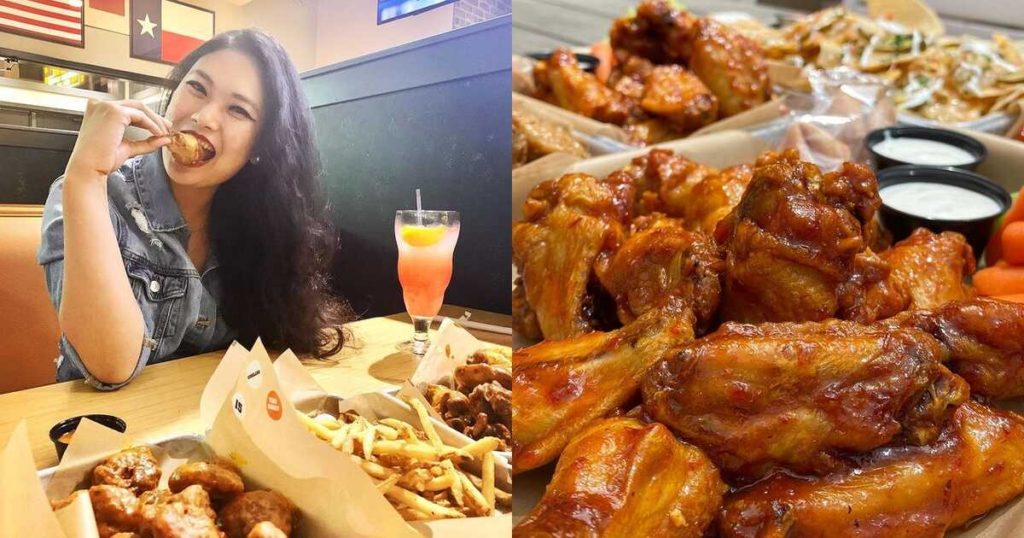Chicken wings and the Super Bowl go together like Abbot and Costello, socks and shoes, and w(h)ine and cheese (that last one is mostly for Packer fans – but I digress). The National Chicken Council says when Americans get together to watch the Tampa Bay Buccaneers play the Kansas City Chiefs on Sunday, February 7, a lot of us will chow down on chicken wings. The good news is there will be plenty of wings available for everyone.
Tom Super is the Senior Vice President of Communications for the NCC, a 16-year-veteran of the position. He says America’s obsession with chicken wings and the Super Bowl has grown a lot in recent years. They are projecting Americans will scarf down a record 1.42 billion chicken wings to celebrate this year’s Big Game.

“That’s up two percent from last year,” he says, “and that’s despite the complications brought on by COVID-19. When we put together our recent chicken wing report for the Super Bowl, I thought for sure we’d see a decline in the number of wings Americans will eat.
“COVID has been very hard on restaurants,” Super said. “When talking to folks in the industry, when looking at the demand numbers, and when looking at the price of wings and all the other factors involved in consumption, they’ve never been a hotter product.”
Chicken wings had an advantage over a lot of other foods served at your local restaurants. Super points out that restaurants like wing joints and pizza places were built around takeout and delivery. When indoor dining was limited or shut down, those places didn’t have to change their business model as much as other establishments. They kept right on going with carryout and delivery orders while other restaurants completely shut down.
“Wings travel well, and they hold up during delivery conditions,” he said. “They also align with consumer desires for comfort food during COVID-19.”
Chicken farmers did a great job maintaining their production through 2020, and Super says there wasn’t much of a production drop-off compared to the previous year. There should be an adequate supply level to accommodate Super Bowl fans across the country.
So, let’s put some perspective on how many chicken wings make up that estimated 1.42 billion wings that we’ll eat on Super Bowl Sunday. In simple terms, that’s a lot of chicken.
“If you were to line them up end-to-end, it would circle the entire circumference of the Earth three times,” Super says. “If you laid them end-to-end from Arrowhead Stadium in Kansas City to Raymond James Stadium in Tampa, Florida, they’d stretch back-and-forth 19 times.

“Let’s look at it another way,” he added. “Let’s assume that Kansas City Chiefs coach Andy Reid could eat three wings in a minute – and yes, the actual number is probably higher – but if he ate three every minute, it would take him more than 900 years to eat 1.42 billion chicken wings.”
Some Americans are bone-in chicken wing eaters, while others prefer the boneless wings. What type of wings do the majority of football fans prefer?
America’s favorite sauce for our wings might not be what you think it is.
“We should let people know that there will not be a shortage of wings this year,” Super said. “Restaurants, food service, and retailers started pulling wings out of cold storage as far back as November to prepare for the big day.”
If there is a rush on chicken wings in the days and hours before Super Bowl Sunday, Super has this bit of advice: “Don’t wait till the last second,” he says. “That’s my advice.”


